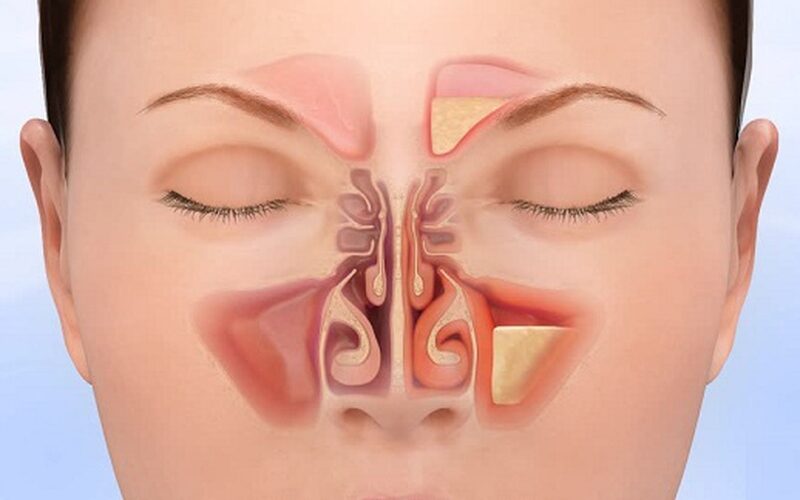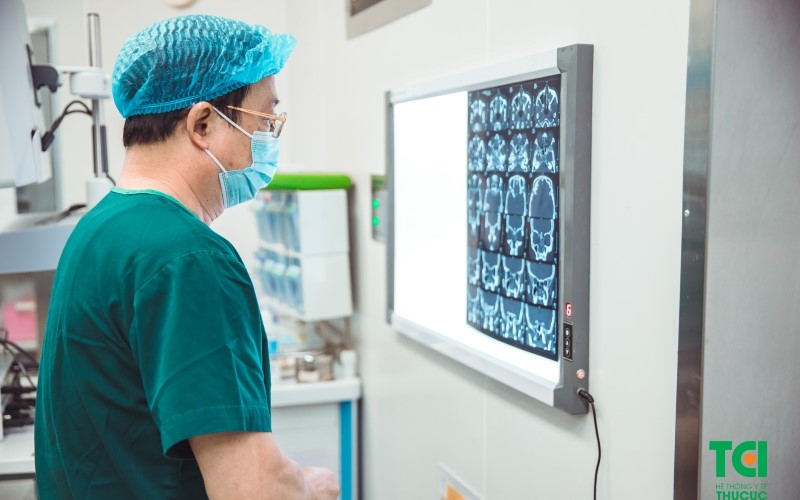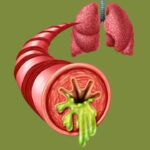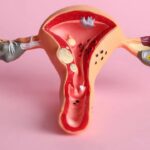Sinusitis, a condition affecting the respiratory system, is a significant health concern that impacts both physical well-being and daily life. The symptoms of sinusitis can impair breathing, communication, and sleep, making it crucial to understand the condition and its treatment options.
1. Types of Sinusitis
Sinusitis is classified into four types based on the duration and nature of symptoms:
– Acute Sinusitis: This is the most common form, resembling a cold with symptoms like a runny nose, sneezing, nasal congestion, and facial pain. These symptoms of sinusitis appear suddenly and typically last between 10 to 14 days, not exceeding four weeks.
– Subacute Sinusitis: This type lasts between four to eight weeks, with symptoms that may become more severe compared to acute sinusitis, causing considerable discomfort.
– Chronic Sinusitis: Chronic sinusitis is characterized by symptoms that persist for more than eight weeks, requiring long-term management.
– Recurrent Sinusitis: This type occurs when a patient experiences multiple episodes of sinusitis within a year. The recurrent nature of the condition necessitates appropriate intervention to manage the symptoms of sinusitis effectively.

In fact, there are four types of sinusitis, with acute and chronic sinusitis being more common.
2. Common Symptoms of Sinusitis
Sinusitis presents with a variety of symptoms that can significantly affect a patient’s health and daily activities:
– Nasal Pain: Patients often experience pain, pressure, or a heavy sensation in the sinus area, particularly when bending down or tilting the head.
– Runny Nose: Continuous nasal discharge is a common symptom, which can be uncomfortable and may lead to dehydration.
– Headache and Ear Pressure: Headaches are typically felt in the forehead, around the eyes, or behind the nose, while ear pressure can result from the spread of sinus inflammation to the ear area.
– Loss of Smell: Inflammation and damage in the sinus region can cause temporary loss of the sense of smell.
– Dry Cough and Throat Irritation: A dry cough and throat irritation may occur due to mucus draining from the nose into the throat.
– Facial Swelling: Swelling and puffiness around the cheeks and eyes are common in sinusitis patients.
– Toothache: Pressure from inflamed sinuses can cause discomfort in the nerves of the mouth and teeth.
– Additional symptoms of sinusitis: Severe cases of sinusitis can lead to fever, fatigue, and disturbed sleep due to discomfort, further affecting overall health.

Sinusitis causes various symptoms that affect daily activities and quality of life.
3. Treatment Options for Sinusitis
The treatment of sinusitis varies depending on the type and severity of the condition:
3.1 Acute Sinusitis Treatment
For acute sinusitis, a combination of the following treatments is usually prescribed:
– Medication: Physicians often prescribe a combination of anti-inflammatory drugs, pain relievers, and antibiotics based on the patient’s condition.
– Nasal Hygiene: Regular nasal irrigation with saline solutions or specialized nasal rinses is essential to remove mucus and debris from the sinuses. Steam inhalation is also beneficial, as it helps to moisten and clear the upper respiratory tract.
– Home Care: Adequate rest, hydration, and adherence to prescribed medication are crucial for recovery.

Depending on the specific sinusitis condition, the doctor will determine if surgery is necessary for treatment.
3.2 Chronic Sinusitis Treatment
Chronic sinusitis requires a more intensive approach:
Medication: Anti-inflammatory and pain-relieving medications are typically prescribed to manage symptoms and reduce inflammation. If bacterial infection persists, antibiotics may be necessary.
Surgery: In some cases, endoscopic sinus surgery is recommended to treat chronic sinusitis. This minimally invasive procedure offers several advantages, including:
– Clear Visualization: Endoscopic techniques provide a clear view inside the sinuses, allowing for precise surgical intervention.
– Safety and Comfort: The procedure is performed by experienced specialists, ensuring safety and minimal pain due to the use of small endoscopic instruments.
– Rapid Recovery: Endoscopic surgery is less invasive, leading to quicker recovery times and reduced damage to the nasal lining.
– Improved Airflow: Surgery can remove blockages, polyps, or foreign objects in the sinuses, enhancing airflow and reducing sinusitis symptoms.
– Aesthetic Preservation: Endoscopic techniques keep surgical incisions hidden within the nose, leaving no visible scars.
– High Success Rate: Endoscopic sinus surgery boasts a success rate of up to 90%, significantly lowering the risk of recurrence.
Understanding the symptoms and treatment options for sinusitis is essential for effective management of the condition. With proper care and medical intervention, patients can alleviate the discomfort associated with sinusitis and maintain better overall health.








